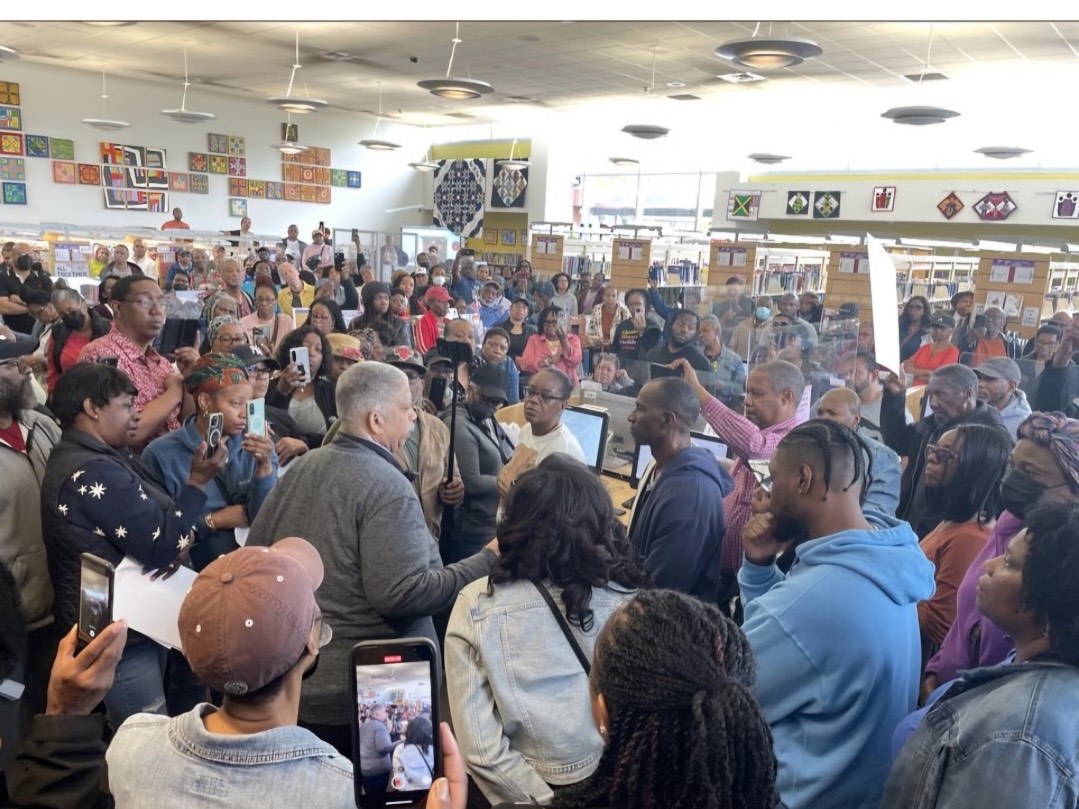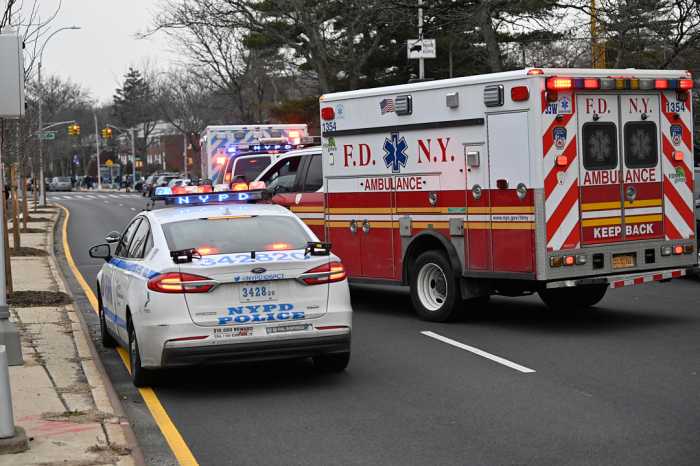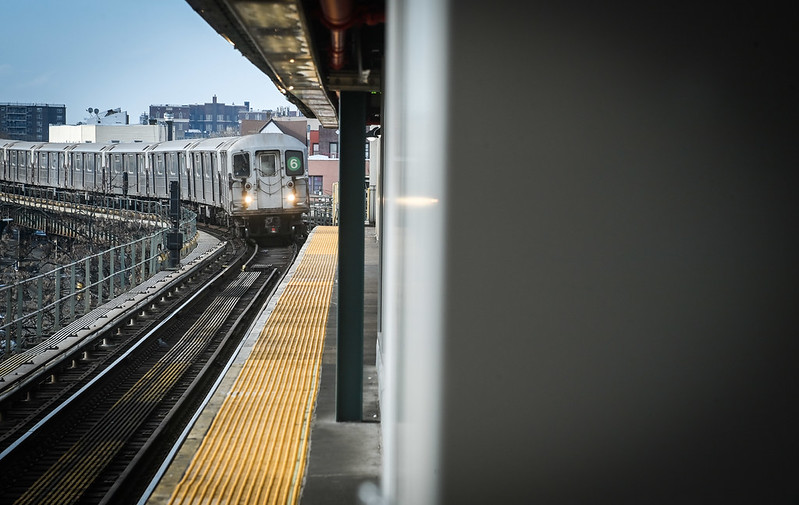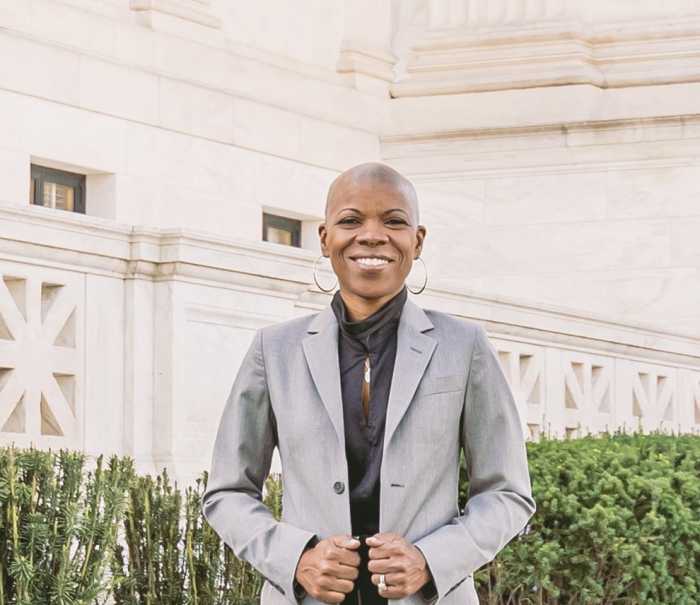Over 500 Cambria Heights residents filled the Cambria Heights Library to capacity for a town hall meeting on Saturday, May 4.
Two local homeowners organized the meeting, which aimed to unite the community, address concerns regarding the mayor’s City of Yes rezoning initiative, and discuss persistent rumors about a potential transient shelter replacing a vacant Rite Aid on Linden Blvd.
The library, located at 218-13 Linden Blvd., was so packed that it was standing room only, with many attendees spilling outside the building. An additional room in the basement was set up to livestream the event, ensuring everyone could participate.
The organizers, Latonia Harris and Alicia Spears, are long-term residents and cousins who emphasized that they are not affiliated with any elected official or civic and local groups.
“I speak for myself as a Queens homeowner and a taxpayer,” Harris said. “People are craving for information; that’s what this crowd is indicative of. Don’t wait until the election to give out information to tell us what you’ve done and send us brochures with [photos] shaking people’s hands and smiling. Get in the community, let us vote on the City of Yes,” she said.
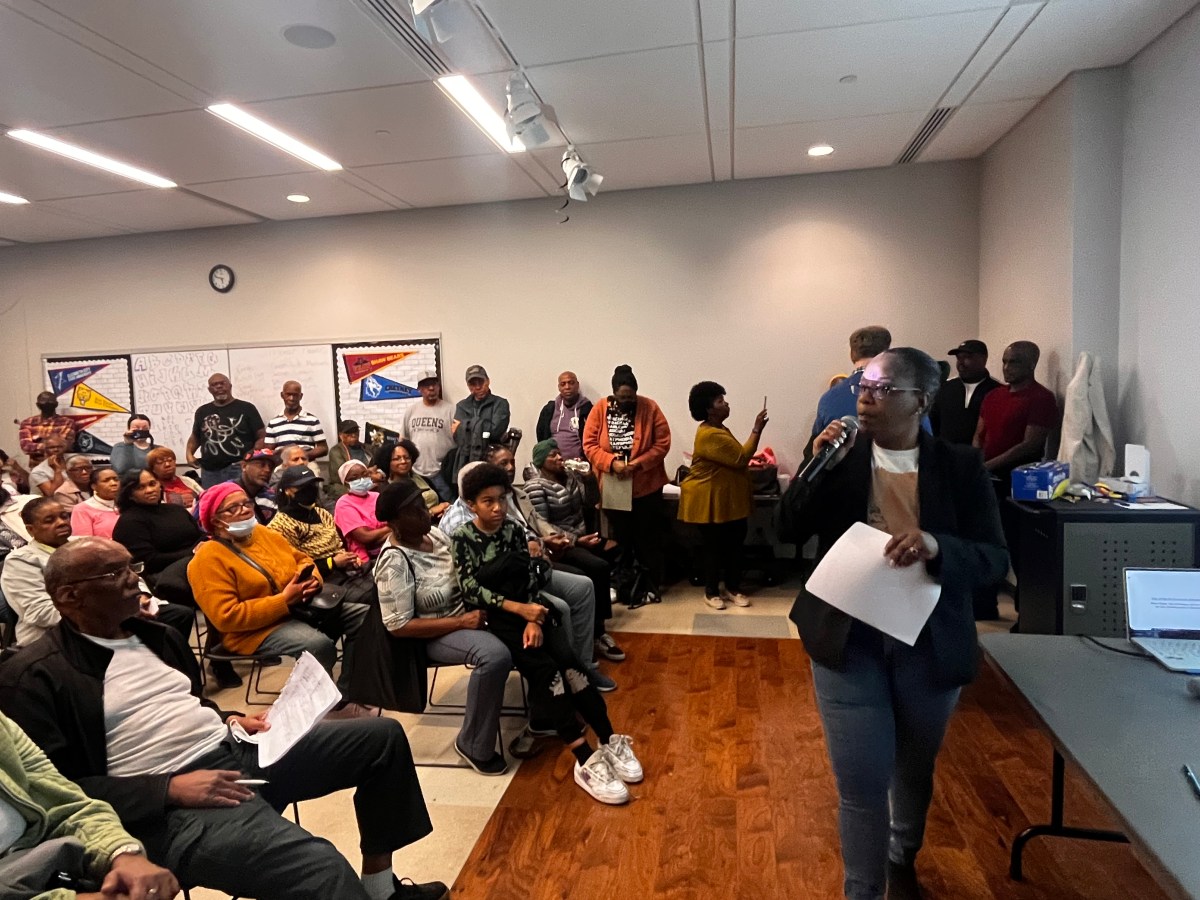
Harris added that she is concerned that the neighborhood will become unrecognizable. “I don’t want a building in my backyard, front yard, or side yard. There is a homelessness problem, but don’t make your problem our problem,” she said.
Harris and Spears said they personally called and emailed invitations to the town hall to a handful of local elected officials. Two elected officials were briefly in attendance, including N.Y. State Sen. Leroy Comrie and Council Member Nantasha Williams (D-27).
Williams spoke briefly to the crowd in the basement as the meeting was live-streamed. She said, “I hear the concerns, and I just really encourage everyone to reach out to my office and work with us. My issue… is that I’m in the minority. A lot of my colleagues feel very much in support of this, so I really need the help from the community,” she said.
Questioning the City of Yes
Paul Graziano, an urban planner, presented 6 of the 15 points of the City of Yes rezoning policy and discussed potential adverse effects the policies could have on residents. Graziano said he focused on the 6 points as he felt they would have some of the most direct impacts on homeowners.
The points included discussions on transit-oriented developments (TODs), Accessory Dwelling Units(ADUs), town center zoning, ‘district fixes,’ new parking requirements, and campus infills.
Graziano said the initiative could eliminate single and two-family zoning across the city of New York and “force every municipality to accept Accessory Dwelling Units (ADU).” An (ADU) is a small, independent residential dwelling unit located on the same lot as your home. They also encompass backyard cottages, garage conversions, and basement apartments.
“If you have to condense it to a single sentence, it’s that the city is targeting lower density neighborhoods, particularly one and two family neighborhoods, … to massively increase density in those communities,” he said. Graziano said potentially getting rid of 1 and 2-family zoning means that every property could potentially have a minimum of 3-family units.
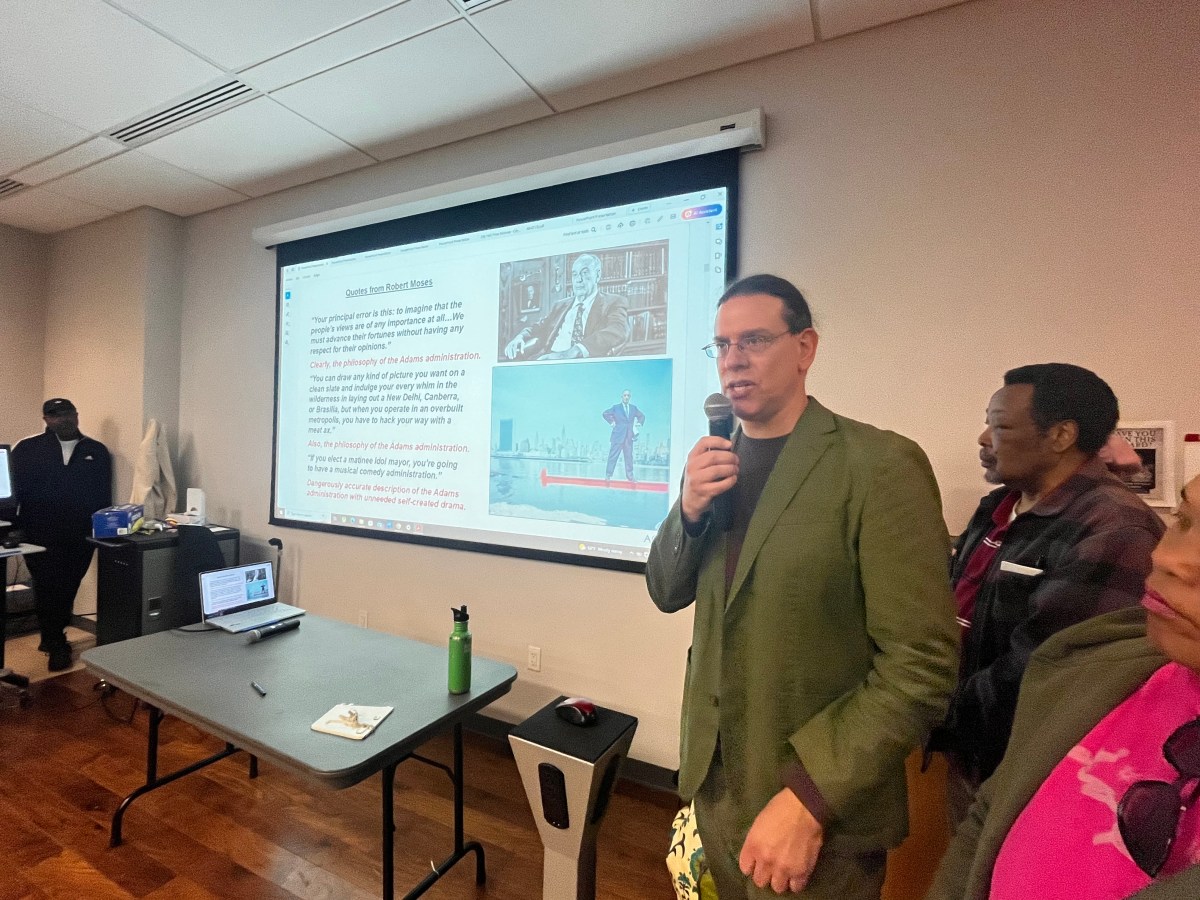
According to Graziano, Cambria Heights has the highest homeownership rate in Queens, if not the entire city. This means that the neighborhood and neighborhoods in southeast Queens are particularly vulnerable to rezoning policies.
Graziano believes additional housing would be an “extinction event for all our communities.” He stated that 50% of Queens east of the Van Wyck Expressway is zoned single-family, and another 25% is zoned for two families, but City of Yes policies would eliminate one- and two-family zoning.
Graziano is concerned that transit-oriented developments would occur in transit zones located in current one and two-family zones and low-density multi-family zones. According to Graziano, anywhere that is covered by transit zones and considered to be on wide streets, such as Linden Blvd or Merrick Blvd, could have an apartment building under new zoning rules in the City of Yes policies. “Every property on the wide streets will be eligible to build an apartment building should it be 5,000 square feet or more,” he said. He is concerned that developers could buy plots or houses meant for single-family homes and combine and or convert them into apartment buildings. “It’s a huge increase in floor area. It’s a huge increase in unit count, and it’s a massive increase in density,” he said.
Additionally, Graziano touched on the topic of town-centered zoning, which he defined as every commercial overlay in a low-destiny neighborhood. Graziano said that if town-centered zoning proposed in the City of Yes is passed, it would allow two to four stories of residential living above commercial buildings in every eligible commercial zone.
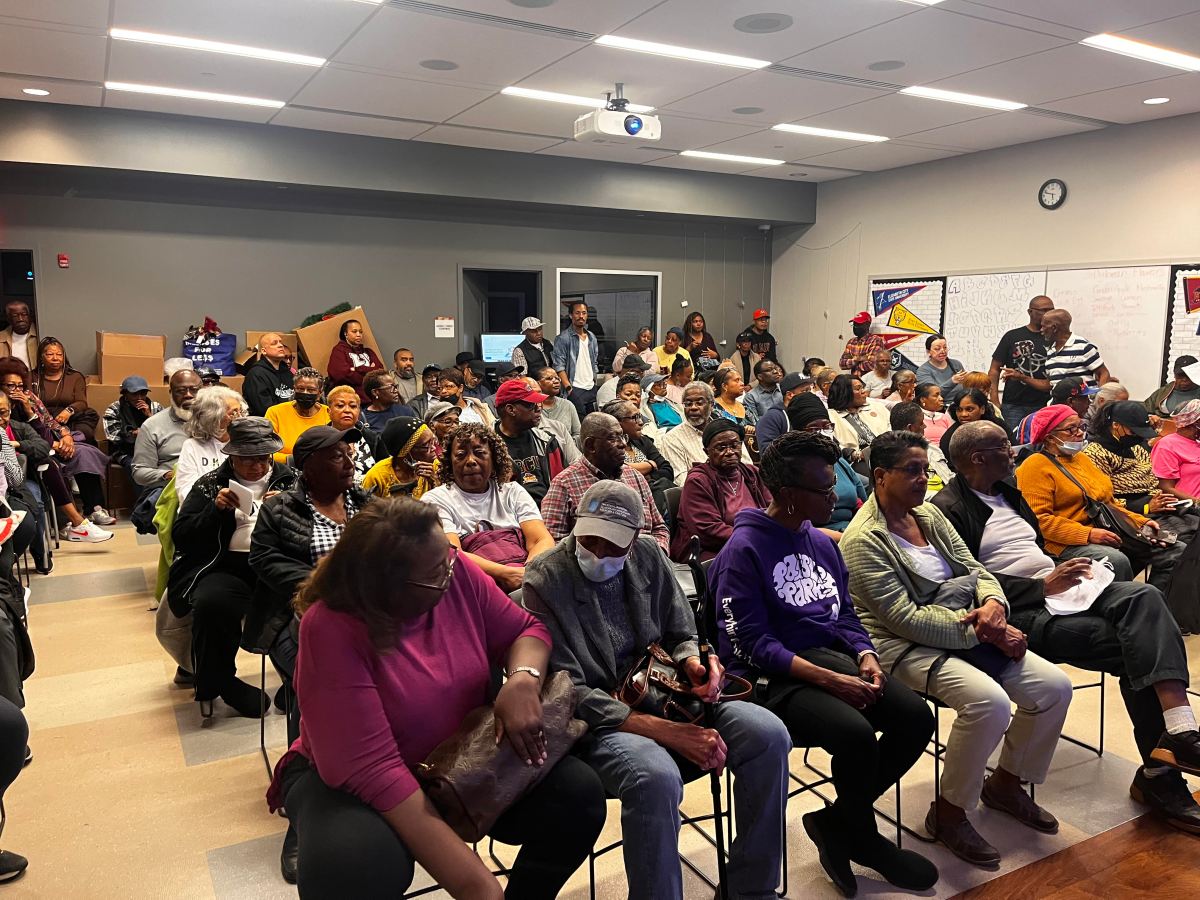
Graziano spoke about ‘district fixes,’ a section outlined in the City of Yes rezoning initiative that he said would “get rid of our basic zoning regulations.” Graziano said the district fixes would allow buildings considered to be noncompliant to expand and build upon their existing properties.
Additionally, in regard to parking requirements, the plan would be to eliminate parking mandates for all new residential developments. According to the Department of City Planning, underground parking spaces cost $67,500 on average to build, and the cost of four off-street parking spots equals the cost of one new home. Graziano said the removal of parking mandates is in favor of developers, who he said are mandated to pay for an allotted amount of parking spaces for tenants in apartment buildings. “ This is a developer-driven proposal, this is not a community-driven proposal,” he said.
Lastly, Graziano touched upon campus infill, which he said would take away green spaces in favor of additional housing and allow all religious institutions to build at transit zone density, even if they are not in a transit zone. “ This is an existential threat to our communities, “he said. “If this goes through, we are done.”
Graziano said to concerned homeowners that in order to block City of Yes initiatives, residents need to call their senators and local elected officials to pass A9417, which would allow communities such as Cambria Heights to form new towns and to opt out of such proceedings. Graziano said all community boards are expected to vote on the zoning initiatives by the end of June, and the City Council is expected to vote on the plan by October. Graziano continued to urge homeowners to call their council members to tell them to vote against the City of Yes. Twenty-six council members would have to vote against the initiative in order for it to not pass on the city-wide level. “ My statement is if any piece of this gets adopted, we’re done,” he said.
Residents speak out
Many residents were vocal in their opposition to the City of Yes’ rezoning policies. Bill Perkins, a Rosedale resident who sits on the board of the Rosedale Civic Association, urged residents to write the mayor and city council members to say no to the City of Yes. “ This is going to destroy our communities; this is someone who is taking a law that has been in place since 1961 and saying, I’m going to rip out the independence of a community to determine its own zoning and what it wants in its own community,” he said. Perkins added that the plan would put property in the hands of developers and expand the community to the extreme, change the market rate and limit housing options for those who need it.
James Johnson, a Cambria Heights homeowner and executive director of Gateway JFK BID, echoed Perkin’s views. He said that by coming together in person, the community can be proactive in advocating for themselves. “ Elected officials are going to move off of the community’s energy. I don’t want to come here and keep blaming elected officials… what are we doing?” he said. “We move the needle, we set the agenda… this is how we create advocacy in southeast Queens and Cambria Heights.”
Lynette Townsley, a board member on Community Board 12, said residents need to join community boards to know the ‘going ons’ of the neighborhood. “Together, we win. We have to be so loud they have to listen. So that the elected officials have no other choice but to tell their colleagues, ‘I have to vote for my community,’” she said.
Amongst the growing concerns towards the City of Yes initiative, homeowners were still anxious about the possibility of a transient shelter at the vacant Rite Aid located at 222-14 Linden Blvd. The Rite Aid has been a topic of concern throughout the community for over a month and has resulted in a petition, verbal assurances from U.S. Rep. Gregory Meeks (D-5), and the center of many Community Board 13 and Cambria Heights Civic Association meetings.
Milicia Obradovic-Clements said she and her husband live right across the street from the vacant Rite Aid. She is concerned about a shelter being placed in the area. Ever since she and her husband- who grew up in the neighborhood—came back to Cambria Heights, they have felt the neighborhood has “gone downhill.”
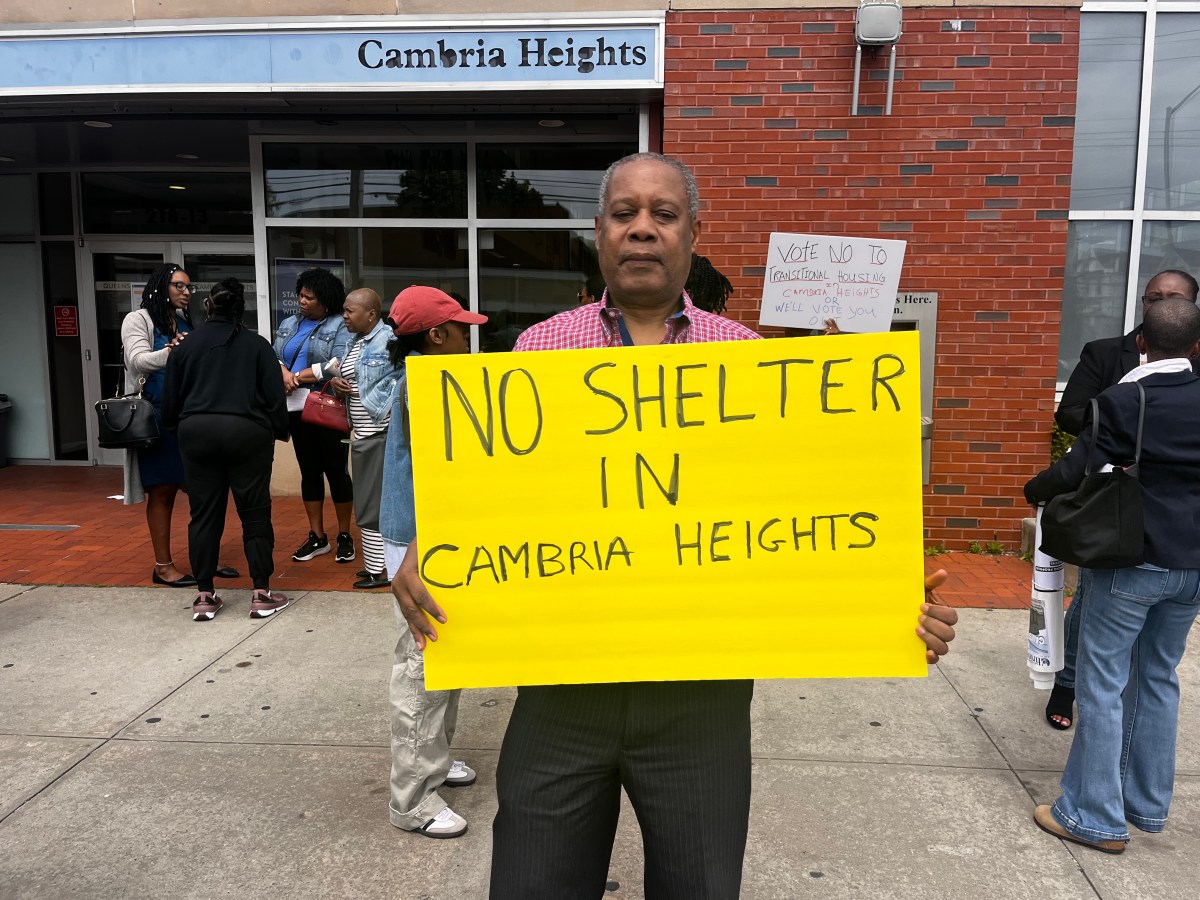
Outside of the library, David Duchatellier, a Cambria Heights resident, and local travel agency owner, held a sign that read ‘No Shelter In Cambria Heights.’ “I’ve been in this community for over 40 years, and we don’t like what they are doing to our community. If they start putting transitional housing and shelters in our neighborhoods, then the entire southeast Queens area will go down the drain,” he said. “Put a community center, a restaurant, a daycare center, something good for our community, not a shelter that will destroy us,”
During the meeting, many residents said they were waiting to receive written confirmation from elected officials that the transient shelter was not happening.
Days later, on May 6th, Queens Borough President Donovan Richards wrote a letter to the Cambria Heights Civic Association, saying, “ I write to you today to memorialize my conversation with the Adams Administration, which has made clear to me that this location is not, and has never been, under consideration for use as a homeless shelter.”
Additionally, Richards wrote that although the property owner filed an application with the Department of Buildings expressing an interest in establishing a homeless shelter, no permits have been approved for construction.
Richards added that the establishment of a homeless shelter would violate the shelter’s current zoning regulations. He ended the letter by saying that he was confident the city is not considering the site for use as a homeless shelter and that he would keep the community updated with any new information.

